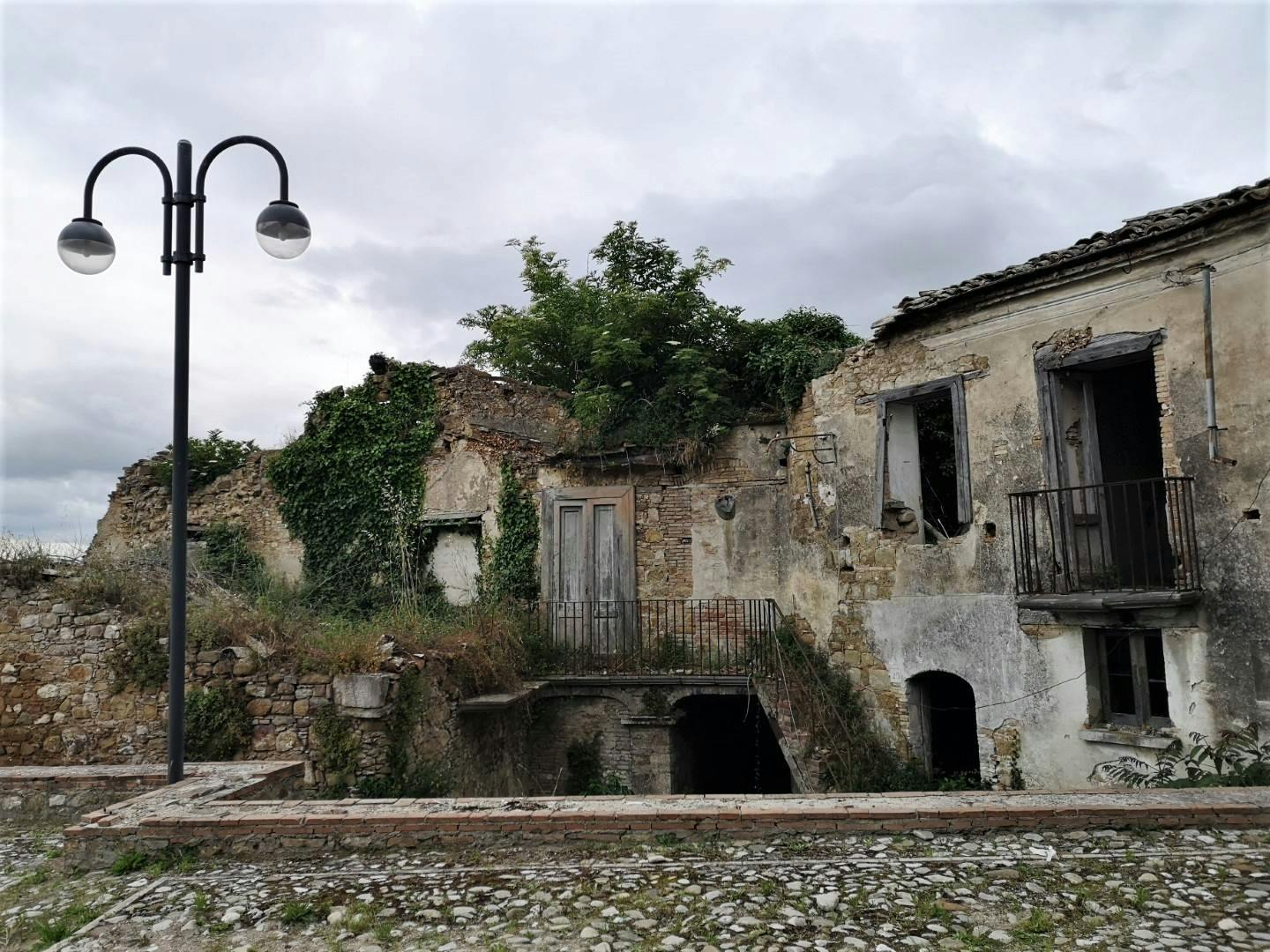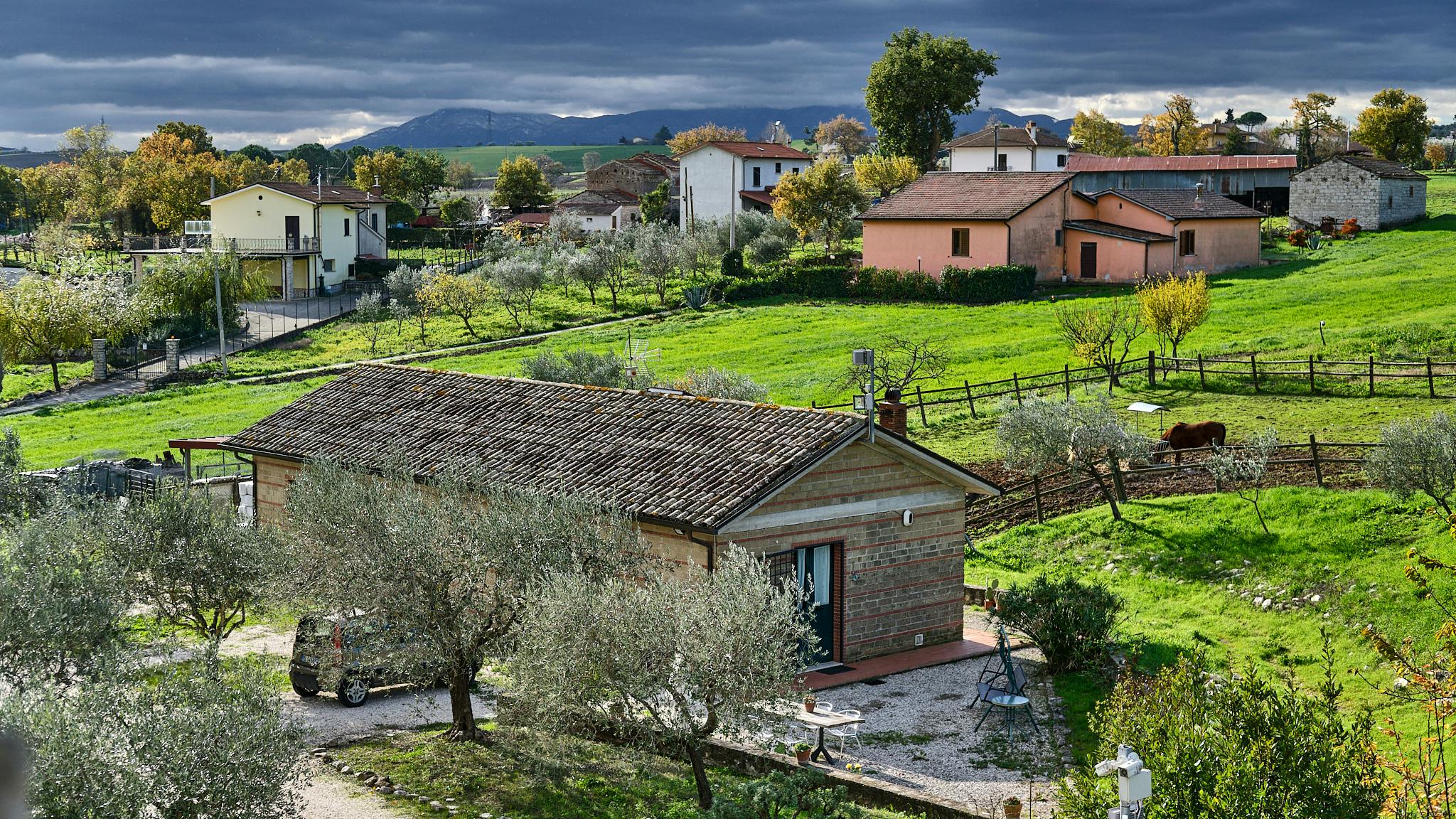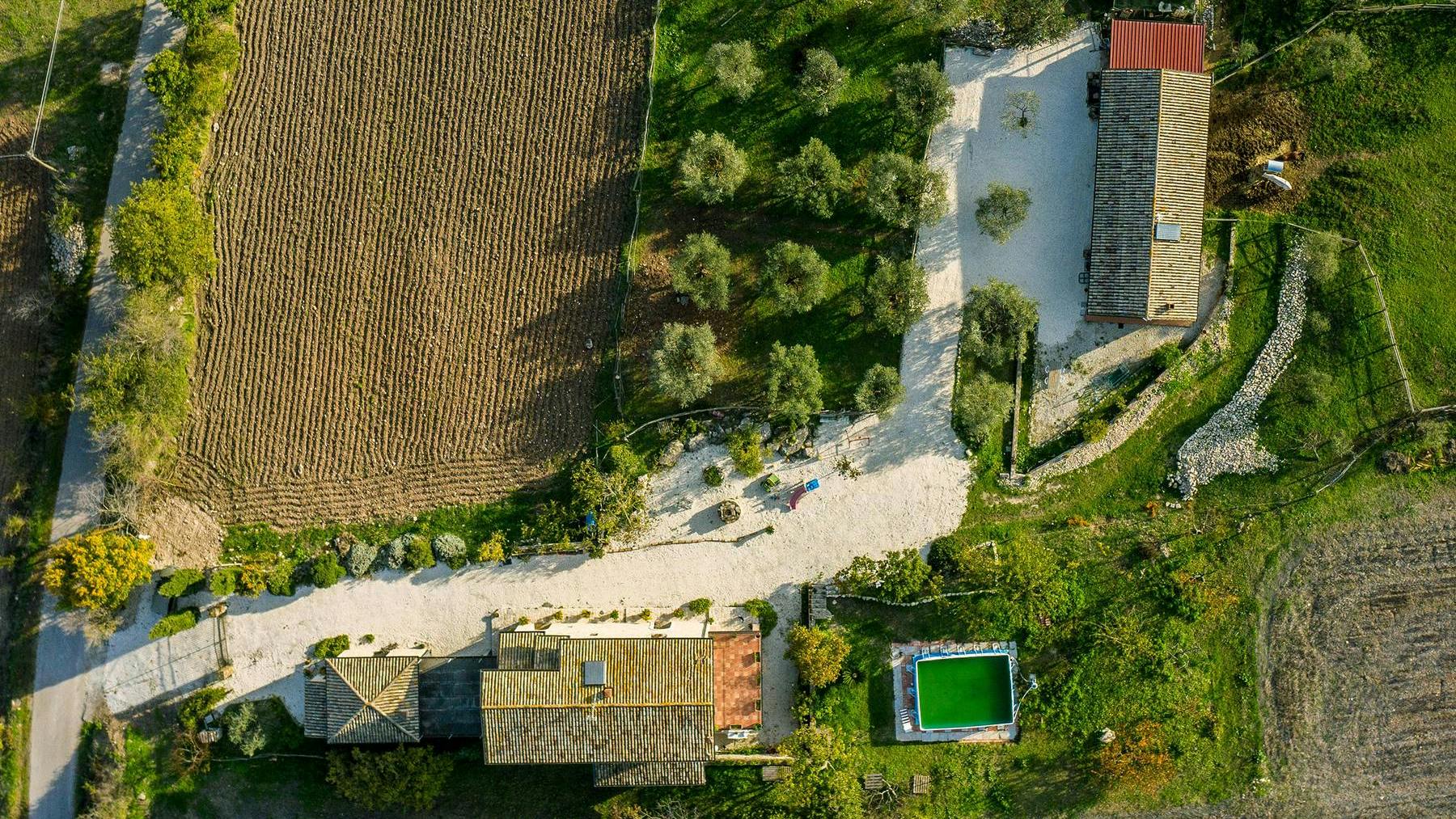Paduli

City of Oil and Wine, Paduli is a highly recommended stop on the Via Francigena del Sud, for the view on Pietrelcina and for its historic center with abandoned houses.
Location and History
Inhabited by the Samnites tribe of Hirpini, Paduli stands on the spur between the Calore and Tammaro valleys, 10 km from Benevento along the Statale delle Puglie which runs on the ancient path of the Via Traiana.
At mile X of the Via Traiana stood Forum Novum, near the border with Sant'Arcangelo Trimonte, various artifacts have been found in this area.
At the collapse of the Roman Empire, the settlement was already perched on the current site which was then fortified by the Normans for its strategic position.
The castle on whose ruins the Palazzo Coscia was built, and which today houses the seat of the municipality, had several illustrious guests:
- the Duke Rainulf
- Roger the Norman
- Tancred
- Frederick II
- Manfred, King of Sicily
- René of Anjou
- Alfonso the Battler
What to see
The Old Town
A ghost town in the middle of the historic center of Paduli.
With the earthquakes of 1962 and 1980, the south-west flank that extends behind the municipal villa, around the Church of San Bartolomeo, was depopulated and the ruined houses were invaded by vegetation.
An exciting walk through the remains of a frozen past in the abandoned houses. Furniture, bottles, newspapers, testify of the daily life interrupted by the tremors of the earth.
During the holidays, some areas of the ruins come to life with the Christmas Markets and the Living Nativity.
To visit the houses you can stop in the parking lot of the S. Bartolomeo Church.
For further information (in italian):
Church of San Bartolomeo
The bell tower of the Church of S. Bartholomew the Apostle, unusually stands at its entrance watching over the remains of the abandoned houses of the ancient historic center. Consecrated in 1283, two bas-reliefs on the sides of the facade depicting a herd of pigs and one of sheep testify the traditional vocation of the country.
Convent of the Franciscans
From the crest of the hill on which it was built around 1486, the Franciscan Convent dominates with the Church of Santa Maria di Loreto the Tammaro valley from Pietrelcina to Benevento.
Razed to the ground by the earthquake of 1688, it was rebuilt in the Vanvitellian style in 1775 with the impressive eighteenth-century cloister.
Mimmo Paladino
The small church of Our Lady of Sorrows and the Sacred Heart in the Padulese countryside containing several artworks by Mimmo Paladino.
Domenico Paladino is an artist from the Italian Transavanguadia, born in Paduli in 1948, his works are also exhibited at MoMa of New York.
In the 60s he attended the Liceo Artistico di Benevento, was then discovered and followed by Achille Bonito Oliva.
In the 70s he moved to Milan from where he will fly for the first time to the United States.
After several trips and exhibitions around the world in the 80s he is back in Paduli where together with the architect Roberto Serino he designs different structures leaving traces of his artistic work throughout the hilly area.
The Hortus Conclusus is a famous installation of the artist that can be visited in Benevento.
Feast of San Rocco
The feast of San Rocco is held on 16 August, the most heartfelt event in town that ends with the classical fireworks. It coincides with the period during which the emigrated citizens return to their lands to celebrate family traditions.
For further information, I suggest the Photographic Gallery of the Feast of San Rocco by the photographer Salvatore Picciuto.
Via Francigena
With the arrival of the Longobards, the cult of Saint Michael, the warrior Archangel associated with their god Odin, had an important diffusion.
From Mont-Saint-Michel in Normandy, on a line that, passing through the Grotto of Saint Michael on the Gargano, reached Jerusalem in the Holy Land, the Via Micaelica, or Cammino dell'Angelo, known today as Via Francigena of the South, makes a stop in Paduli, between Pietrelcina and Bunalbergo.
For further information (in italian): SulleTracceDiTraiano.it: Paduli


